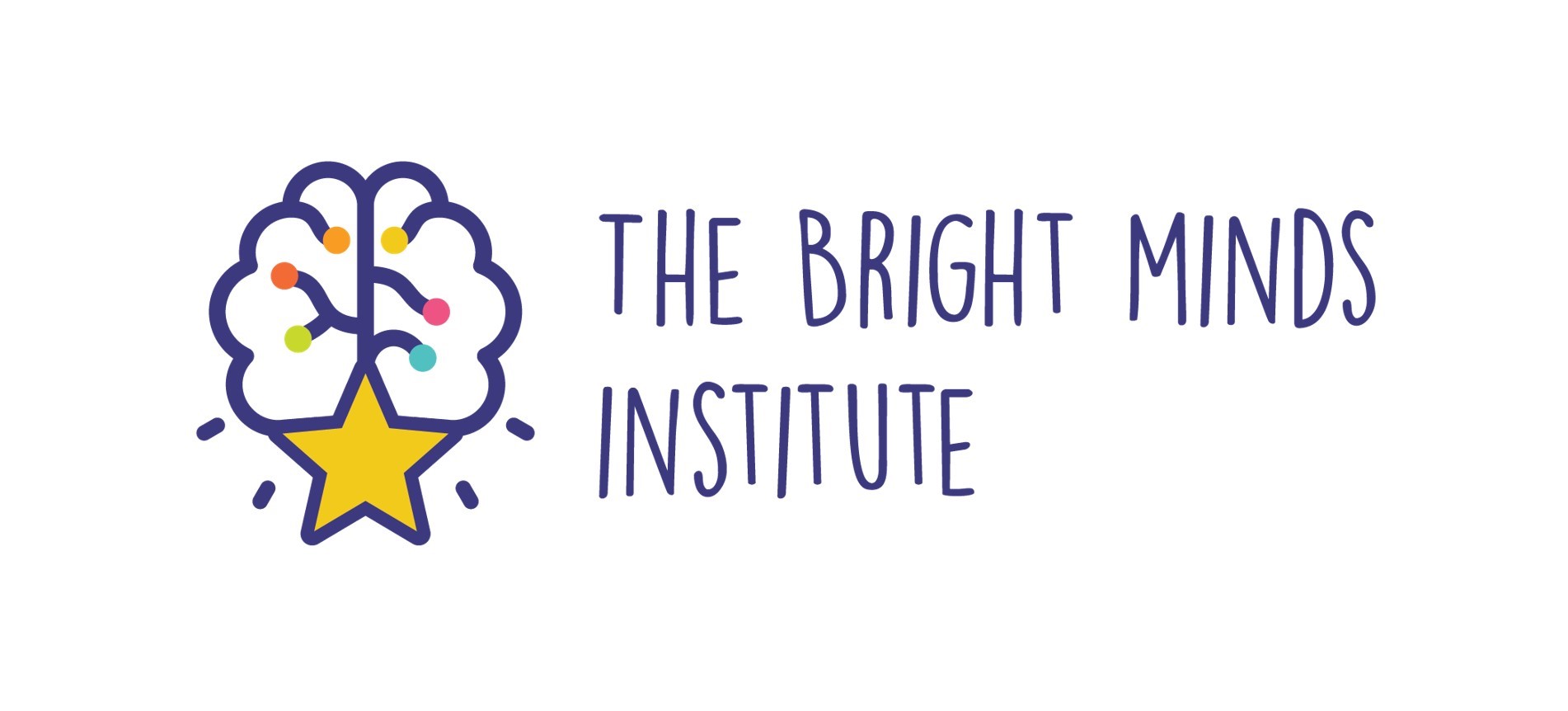The human brain is an intricate organ. At approximately 3 pounds, it contains about 100 billion neurons and 100 trillion connections. Your brain is command central of all you think, feel, and do.
Your brain is divided into two halves, or hemispheres. Within each half, particular regions control certain functions.
The two sides of your brain look very much alike, but there’s a huge difference in how they process information. Despite their contrasting styles, the two halves of your brain don’t work independently of each other.
Different parts of your brain are connected by nerve fibers. If a brain injury severed the connection between sides, you could still function. But the lack of integration would cause some impairment.
The human brain is constantly reorganizing itself. It’s adaptable to change, whether it’s physical or through life experience. It’s tailor-made for learning.
As scientists continue mapping the brain, we’re gaining more insight into which parts control necessary functions. This information is vital to advancing research into brain diseases and injuries, and how to recover from them.
The theory is that people are either left-brained or right-brained, meaning that one side of their brain is dominant. If you’re mostly analytical and methodical in your thinking, you’re said to be left-brained. If you tend to be more creative or artistic, you’re thought to be right-brained.
This theory is based on the fact that the brain’s two hemispheres function differently. This first came to light in the 1960s, thanks to the research of psychobiologist and Nobel Prize winner Roger W. Sperry.
The left brain is more verbal, analytical, and orderly than the right brain. It’s sometimes called the digital brain. It’s better at things like reading, writing, and computations.
According to Sperry’s dated research, the left brain is also connected to:
- logic
- sequencing
- linear thinking
- mathematics
- facts
- thinking in words
The right brain is more visual and intuitive. It’s sometimes referred to as the analog brain. It has a more creative and less organized way of thinking.
Sperry’s dated research suggests the right brain is also connected to:
- imagination
- holistic thinking
- intuition
- arts
- rhythm
- nonverbal cues
- feelings visualization
- daydreaming
We know the two sides of our brain are different, but does it necessarily follow that we have a dominant brain just as we have a dominant hand?
A team of neuroscientists set out to test this premise. After a two-year analysisTrusted Source, they found no proof that this theory is correct. Magnetic resonance imaging of 1,000 people revealed that the human brain doesn’t actually favor one side over the other. The networks on one side aren’t generally stronger than the networks on the other side.
The two hemispheres are tied together by bundles of nerve fibers, creating an information highway. Although the two sides function differently, they work together and complement each other. You don’t use only one side of your brain at a time.
Whether you’re performing a logical or creative function, you’re receiving input from both sides of your brain. For example, the left brain is credited with language, but the right brain helps you understand context and tone. The left brain handles mathematical equations, but right brain helps out with comparisons and rough estimates.
General personality traits, individual preferences, or learning style don’t translate into the notion that you’re left-brained or right-brained.
Still, it’s a fact that the two sides of your brain are different, and certain areas of your brain do have specialties. The exact areas of some functions can vary a bit from person to person.
Medically reviewed by Deborah Weatherspoon, Ph.D., R.N., CRNA — Written by Ann Pietrangelo
